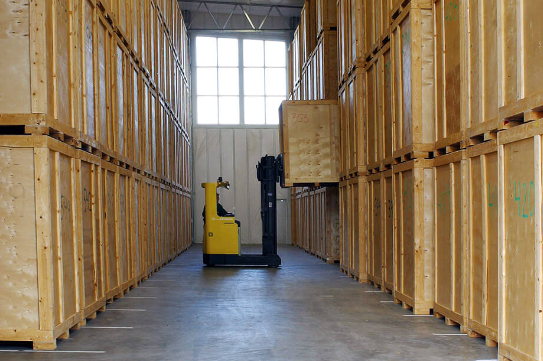In the world of financial markets, investors have various options to choose from when it comes to trading instruments. Two popular choices are Contracts for Difference (CFDs) and traditional trading. Both have their own set of characteristics and appeal to different types of traders. Let’s delve into the key differences between cfds and traditional trading to help investors make informed decisions.
One of the primary distinctions between CFDs and traditional trading lies in the way they operate. CFDs are derivative products that allow traders to speculate on the price movements of underlying assets without owning the assets themselves. Traditional trading, on the other hand, involves the direct purchase and ownership of assets such as stocks, bonds, commodities, or currencies.
Flexibility is a significant advantage offered by CFD trading. With CFDs, traders can benefit from flexible leverage, enabling them to control larger positions with a relatively small amount of capital. This can amplify both profits and losses, so it’s crucial for traders to manage their risk effectively. In contrast, traditional trading typically involves less leverage, which can result in lower potential returns but also less risk.
Another key difference is the availability of short-selling in CFD trading. Short-selling allows traders to profit from falling prices by selling an asset they don’t own, then buying it back at a lower price to close the position. This strategy can be particularly useful in bearish market conditions. Traditional trading platforms may offer short-selling options, but they are often subject to more stringent regulations and may have higher barriers to entry.
Additionally, CFD trading offers access to a broader range of markets and assets compared to traditional trading. Traders can speculate on the price movements of various instruments, including stocks, indices, commodities, currencies, and cryptocurrencies, all from a single platform. This diversity provides opportunities for traders to diversify their portfolios and take advantage of different market conditions.
Execution speed is another factor to consider. CFD trades are typically executed instantly, allowing traders to capitalize on market opportunities quickly. Traditional trading, especially for physical assets like stocks, may involve longer processing times and additional administrative steps.
Risk management is crucial in both CFD and traditional trading. While CFDs offer flexible leverage, traders must be cautious not to overextend themselves and should implement risk management strategies such as stop-loss orders. In traditional trading, investors must also carefully consider their investment decisions and diversify their portfolios to mitigate risk.
In conclusion, both CFDs and traditional trading have their own set of advantages and disadvantages. CFDs offer flexibility, access to a wide range of markets, and the ability to profit from both rising and falling prices. Traditional trading, on the other hand, provides direct ownership of assets and may involve lower levels of risk. Ultimately, the choice between CFDs and traditional trading depends on the individual trader’s preferences, risk tolerance, and investment goals.


